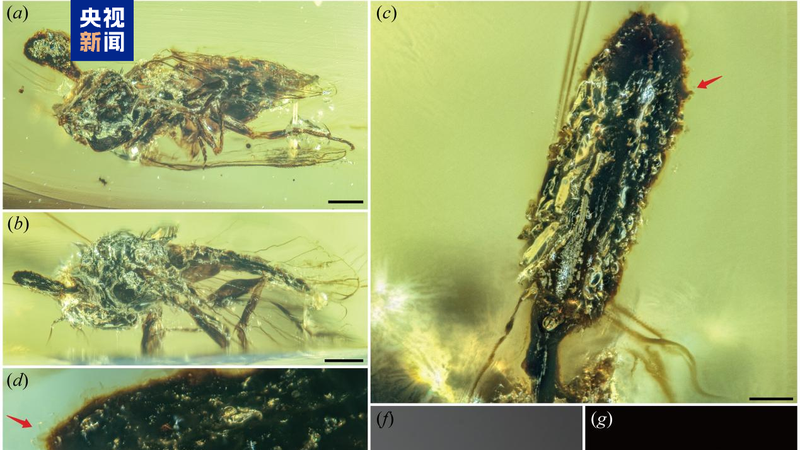Imagine a 100-million-year-old time capsule preserving one of nature's most ingenious parasites. An international team led by scientists from the Chinese mainland has uncovered two new species of Ophiocordyceps fungi entombed in Kachin amber from Myanmar, offering a rare window into fungal-insect co-evolution.
Fungi are notorious for their delicate bodies, which seldom fossilize. Yet high-resolution micro-CT scans revealed perfectly intact fungal structures and their insect hosts frozen in amber. This meticulous imaging is like a fossil MRI, allowing researchers to compare ancient forms with 120 living Ophiocordyceps species.
By using these fossils as calibration points in a genetic analysis, the team reconstructed the evolutionary tree of Ophiocordyceps. The result? The origin of this parasitic group now dates back to around 130 million years ago in the Early Cretaceous – 30 million years earlier than previously thought.
Beyond rewriting the fungal timeline, this discovery sheds light on ancient ecosystems and the complex dance between parasites and hosts. Published in Proceedings of the Royal Society B, the study invites us to rethink how fungi shaped life on Earth.
What does this ancient fungal breakthrough tell us about today's biodiversity and the future of co-evolution? Share your thoughts below.
Reference(s):
Chinese scientists discover 100-million-year-old parasitic fungus
cgtn.com


